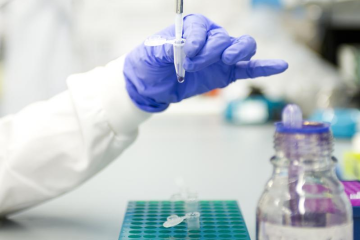Partnerships and impact awards
Re: Modification and validation of a human endothelialised in-vitro thrombosis model to promote end-user uptake

At a glance
In progress
Award date
April 2025 - March 2026
Grant amount
£145,705
Principal investigator
Dr Sarah Jones
Co-investigator(s)
Institute
Manchester Metropolitan University
R
- Replacement
